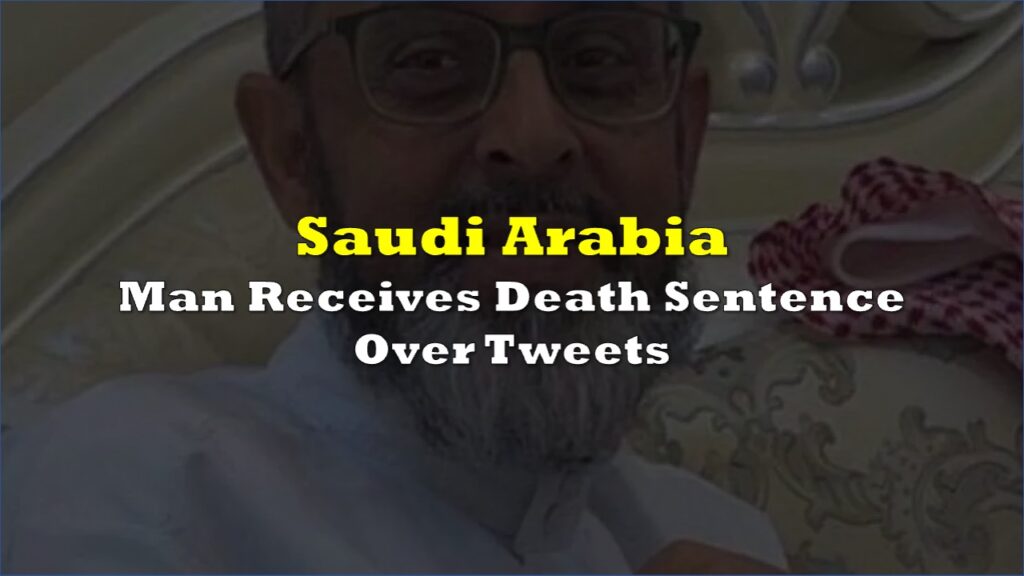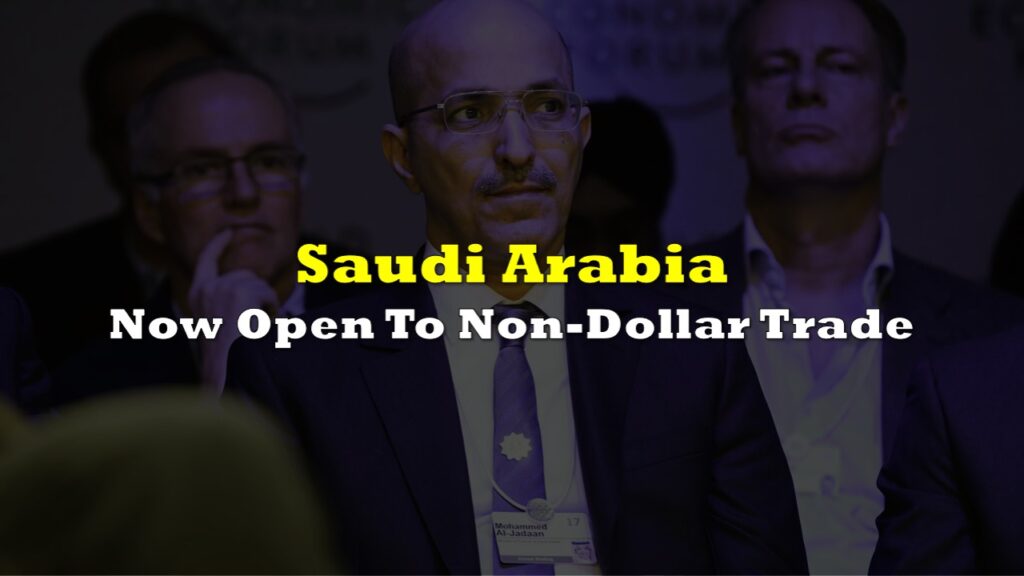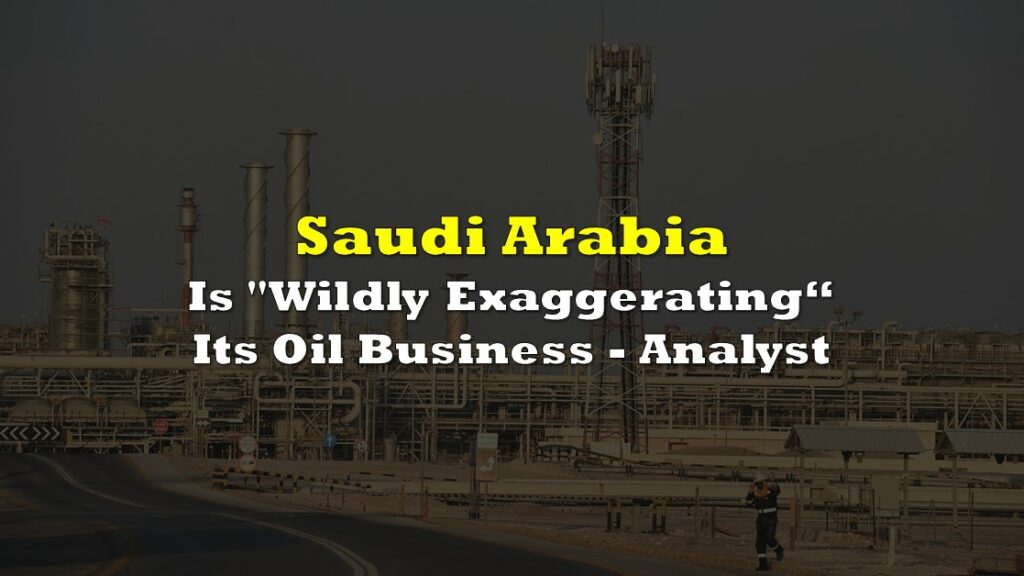Saudi Arabia has significantly scaled back its medium-term ambitions for the Neom project, the largest development within Crown Prince Mohammed bin Salman’s plans to diversify the oil-dependent Saudi economy.
According to people familiar with the matter, the government had previously hoped to have 1.5 million residents living in The Line, a futuristic city within Neom, by 2030. However, officials now expect the development to house fewer than 300,000 residents by that time, according to a report from Bloomberg.
The planned completion of the megastructure has been revised, with officials now expecting just 2.4 kilometers of the project to be completed by 2030, down from the initial plans for a 170-kilometer stretch along the Red Sea coast.
Just over a month ago, the development touted that the project was “progressing rapidly,” and that its first phase would be completed by 2030.
The pullback on The Line comes as the kingdom’s sovereign wealth fund, the Public Investment Fund (PIF), which owns and funds the project, has yet to approve Neom’s budget for 2024. This suggests that the financial realities of the project’s trillions of dollars in investment are starting to cause concern at the highest levels of the Saudi government.
The scaling back of Neom’s ambitious plans is in line with the kingdom’s efforts to diversify its economy through its Vision 2030 program. However, officials have acknowledged that some of the projects outlined in the program may be delayed beyond 2030, as the country focuses on building the necessary infrastructure and human resources.
Despite the recent setbacks, work is continuing on other parts of the broader Neom project, including the development of a more than $8 billion project to build solar and wind farms that will be used to create green hydrogen, a fuel the kingdom hopes will reduce its reliance on oil sales.
And speaking of oil sales, economist Brad Setser says the pullback points to Saudi’s balance of payments breakeven oil price, or the oil price that allows the country to avoid a deficit. The amount has now gone up to a record high of $85 per barrel.
Looks like Saudi Arabia's balance of payments breakeven oil price (oil price that avoids a current account deficit) is now close to $85 a barrel. No wonder NEOM has been scaled back …
— Brad Setser (@Brad_Setser) April 7, 2024
1/ pic.twitter.com/vEHL3MN31H
Information for this story was found via Bloomberg, and the sources and companies mentioned. The author has no securities or affiliations related to the organizations discussed. Not a recommendation to buy or sell. Always do additional research and consult a professional before purchasing a security. The author holds no licenses.











